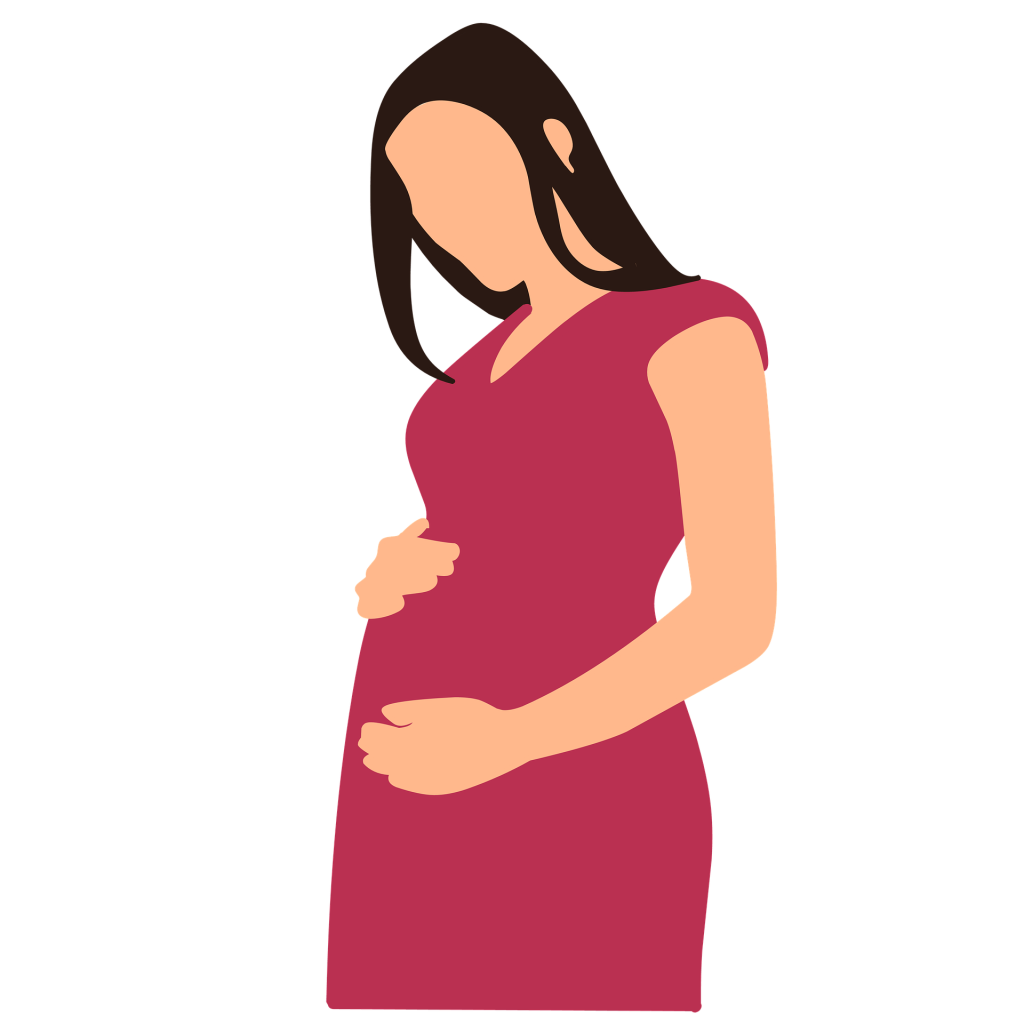
Thursday Thunk
Each Thursday, I post some thoughts or bits of books or poetry I am working on.
—I call them “thunks.”
“He’s at the door!” I said to my friend in the passenger seat as I eased my van to the curb outside the emergency room entrance.
“Thank you,” she said, her voice shaking.

“No need. I’m glad to help you in any way,” I assured her. “And I’ll be praying.”
Her husband ran up and opened the car door, gently helping his wife step onto the pavement, negotiating the awkward IV pole.
I watched as they slowly entered the building and my eyes brimmed with tears. Please, God, help her—and her baby!
I had no idea that several years later, I would breathe this same prayer for my own daughter.
Most of us have heard of “morning sickness.” It is very common: as many as 70% of women will experience—to varying degrees—the nausea and vomiting of pregnancy (NVP) within the first trimester. Morning sickness is a misnomer—only 1.8% of women feel sick in the morning with NVP; 80% reported symptoms throughout the day. NVP usually resolves on its own within 16-20 weeks.
A lesser-known condition—perhaps because of its rarity (.03–10.8% of pregnant women)—is hyperemesis gravidarum (HG), which is a disease of severe nausea and vomiting, distinct from NVP. The international consensus definition of HG is: “symptoms begin in early pregnancy (before 16 weeks gestational age); nausea and vomiting, at least one of which is severe; inability to eat and/or drink normally; and strongly limits daily living activities.”
According to the HER Foundation, a global HG advocacy group, one million women worldwide (100,000 in the U.S.) suffer from this disease which “takes the lives of babies (and some mothers) due to chronic malnutrition and dehydration from debilitating nausea and vomiting.” (Some readers may recall that Kate Middleton, wife of Britain’s Prince William, had HG in each of her three pregnancies.)
Research as to what may cause HG is somewhat inconclusive (you can read more about causes here). Unfortunately, the twentieth-century myth that HG is psychosomatic—now discredited—instead of biological, may still prevail in our culture and in healthcare.
HG: It Takes a Toll
The physical effects of constant nausea and vomiting in pregnancy cannot be overstated: my friend lost weight, she couldn’t gain weight, and became so dehydrated that she needed to constantly receive fluids and meds. Thus, the IV pole: a port became her—and her baby’s—lifeline.
But there is another dark side to HG’s toll on moms. The morning my friend called me, the distress and despondency in her voice worried me, and I hurried over to her home. She was on the sofa, her IV pole by her side. I sat with her and it was evident she was suicidal. She just couldn’t take it. Not. One. More. Day.
If we have not endured constant nausea for weeks and months, we cannot understand how physically and mentally debilitating this disease can be. A study in the United Kingdom found that 25.5% and 6.6% of women suffering from HG reported occasional and regular suicidal ideation, respectively. Another tragic outcome of HG is the possibility of termination: 4.9% of women surveyed reported having previously terminated a wanted pregnancy as a consequence of HG with a further 52.1% considering it. Poor quality of care (not being given medications or having to push for meds, not receiving rehydration treatment, not being taken seriously, etc.), being bedridden, fear of losing a job, and an inability to function factored in the increased rate of suicidal ideation or pregnancy termination (source).
Fast forward: I am walking into another home where another ill young woman is on the sofa: our daughter Emma.
Diagnosed with HG nine weeks into her second pregnancy, Emma had tried to continue working as a nurse, but the fluorescent lighting and any quick movement she made (is there such a thing as slow nursing?) could send her heaving into a bucket. She could barely eat or drink and certain smells were intolerable.
She finally had to take a leave of absence (which was stressful in itself as it was a complicated process), and suddenly her husband had to manage caring for Emma, their two-year-old son Ford, and the household, while pursuing his doctorate in pharmacology full-time. I would stop by regularly to clean or to drop off food or help with Ford, just to take some pressure off, but they bore a tremendous challenge.
I will never forget as I entered their living room and saw her sunken cheeks, her grey pallor, her bones. I sucked in my breath. We could lose her. Alarm screamed in my head. Keep it together. Lord, please heal her and please protect the baby!
Sound dramatic? It’s not: left untreated, HG “may lead to significant maternal and fetal morbidity.” In other words, mother or baby, or both, could die. In some cases, infants may be born preterm or with severe health problems; mothers are at risk (this is the shortlist) for kidney and liver disorders and placental abruption. And as I’ve mentioned, even moms receiving quality care may endure negative mental and emotional health effects.
Emma, who is a private person (I have permission to write about her experience with HG), posted on social media only one time about HG and the post focused on the mental/emotional challenges. She mentioned recently to me that the isolation she experienced when ill was very hard, and there are still food items she can no longer even think of eating.

“I’m Hungry!”
There is treatment for HG, but no known cure. But, I guess I would call delivery a “cure.” When our daughter called to tell us Ember was born, the next thing she said was, “I’m hungry!” I don’t think I have heard such beautiful words!
I thank God every day that Emma and her healthy, beautiful daughter are alive (thankfully, my friend and her baby also survived and thrived). As a health professional, Emma knew how to advocate for herself, and she pushed for treatments the average person may not have realized could be beneficial in treating HG’s adverse effects. We live in an area with excellent healthcare providers and hospitals, and Emma had health insurance. She had support at work and support at home and from her siblings and extended family. There were many people praying for her and her family. But there are many moms worldwide without those supports.
Generous family leave policies, for instance, are crucial for women suffering with HG—they shouldn’t have to fear losing their jobs because of their challenging pregnancies. If we are truly pro-life, we must support and advocate for these women who want to carry their babies to term, but who are challenged in ways outside of their control.

What Can We Do to Help?
May is the 15th Annual Hyperemesis Gravidarim Awareness Month. Helping providers and the public know more about this disease will help spur research, increase quality treatments, and provide better outcomes for moms and babies. When HG happened to my friend years ago, I knew very little about it (as an aside, I, too, had a life-threatening condition during pregnancy and I wish my provider had been more intentional and compassionate in sharing information with me). I regret not doing more research back then on HG. Because of Emma’s experience, I am trying to educate myself and find ways to help.
The HER Foundation recommends three ways we can spread awareness of HG:
- If you have had HG, share your story and HER resources with local providers.
- Write to your government leaders to advocate for policy change that includes HG.
- Take a HER provider packet to a local obstetrical professional.
- Donate to the HER Foundation to support its genetic research–finding the cause may help find a cure.


